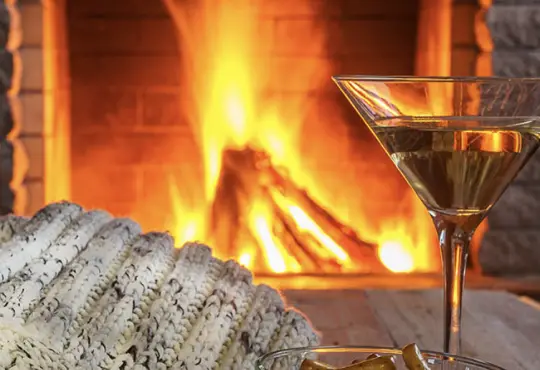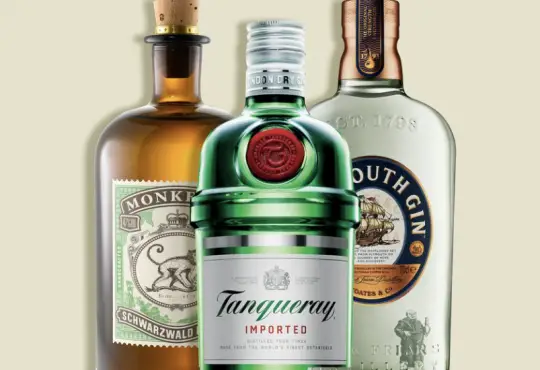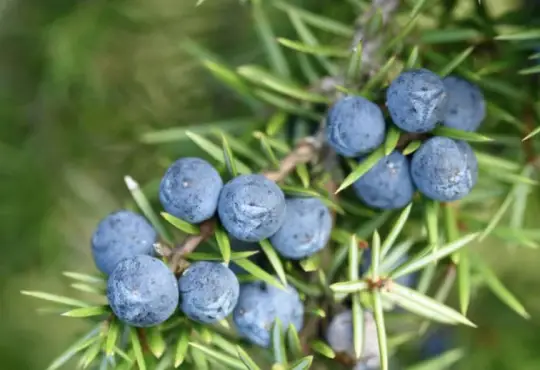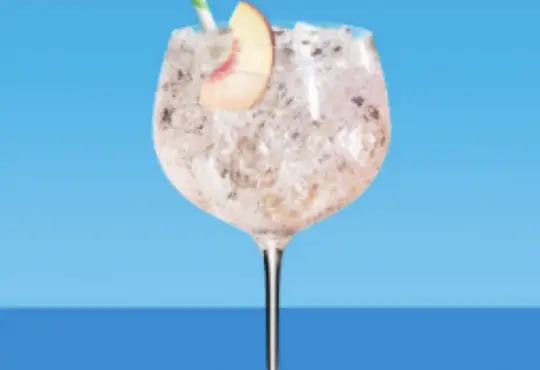
Uncovering the Secrets of Bathtub Gin: From Prohibition to Artisanal Craft
Bathtub gin, with its mysterious and clandestine origins, is a term that evokes images of hidden speakeasies and underground operations during the Prohibition era. While it was once associated with bootleg alcohol made in makeshift home distilleries, the modern interpretation of bathtub gin has evolved into an artisanal craft spirit. In this blog post, we’ll explore the history of bathtub gin, its transformation into a legitimate and artistic pursuit, and how it has found a place in the contemporary world of craft distilling.
- The Prohibition Era: The Birth of Bathtub Gin
During the Prohibition era in the United States (1920-1933), the production, sale, and distribution of alcoholic beverages were banned. However, the demand for spirits did not disappear, leading to the rise of illegal and clandestine alcohol production. Bathtub gin got its name from the makeshift stills used by bootleggers to produce alcohol in their homes or small hidden locations. Often made from cheap grain alcohol and flavored with juniper and other botanicals, bathtub gin was infamous for its poor quality and potentially dangerous ingredients.
- The Transformation into Artisanal Craft
As the Prohibition era ended, the stigma surrounding bathtub gin began to dissipate. The craft distilling movement gained momentum, with a renewed appreciation for traditional gin-making methods and an emphasis on high-quality ingredients. Artisanal distillers sought to create unique gins with well-balanced botanical profiles, using copper stills and carefully sourced botanicals to craft small-batch, handcrafted spirits.
- The Craft Gin Renaissance
The modern-day craft gin renaissance has seen a resurgence of creativity and innovation in gin production. Artisanal distillers experiment with a wide range of botanicals, from traditional juniper and coriander to exotic spices, citrus peels, and even locally sourced herbs and fruits. Each distillery’s unique recipe and distillation process create gins with distinct flavor profiles, offering gin enthusiasts a diverse and exciting selection to explore.
- The Art of Crafting Bathtub Gin Today
Modern bathtub gin distillers continue to embrace the spirit’s historical roots while incorporating contemporary techniques and botanical combinations. With a nod to the past, some distillers even create limited-edition “bathtub gin” releases as a tribute to the Prohibition era. These gins may showcase unique flavors or incorporate historical elements to transport consumers back to the secretive days of homemade spirits.
- Enjoying Bathtub Gin Responsibly
As with any alcoholic beverage, it is crucial to enjoy bathtub gin and other craft spirits responsibly. The potency and diverse flavors of craft gins make them ideal for sipping neat, in classic cocktails like the gin and tonic, or as a base for creative concoctions.
Conclusion
Bathtub gin has come a long way from its clandestine origins during Prohibition to become a revered and respected artisanal craft spirit. The modern-day bathtub gin movement celebrates creativity, innovation, and a commitment to using high-quality ingredients and traditional distillation methods. As gin enthusiasts seek unique and handcrafted flavors, the art of making bathtub gin continues to thrive and evolve.
So, the next time you enjoy a sip of craft gin, raise your glass to the rich history and artistry behind bathtub gin, and savor the exceptional flavors crafted by today’s distillers. Remember to enjoy your gin responsibly and appreciate the journey from its humble beginnings to its esteemed status in the world of craft spirits. Cheers to the enduring allure of bathtub gin!






